What is deadlier, the Sars-Cov-2 virus pandemic or inequality?
Living in the COVID-19 ridden world for about two years, I will stick to inequality. Each day for the past two years, we saw, heard or read about someone’s suicide. The primary reason is a financial breakdown.
Yet, these same news media praised the two billionaires, Jeff Bezos and Richard Branson, for their successful billion-dollar space tourism projects. Ironically wealth or money became the deciding factor in both these cases.
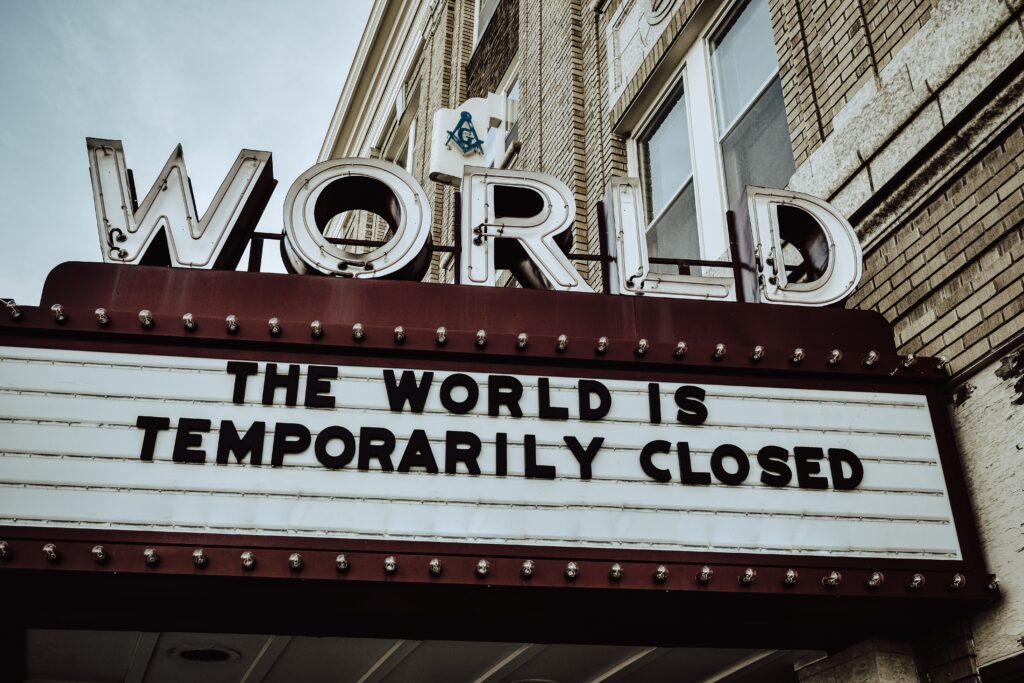
The two scenarios are just an introduction to get everyone’s serious attention to the latest Oxfam report on Asia’s growing economic inequality, “Rising to the Challenge: The case for permanent progressive policies to tackle Asia’s coronavirus and inequality crisis”.
SIGNIFICANT FINDINGS OF THE OXFAM BRIEFING PAPER
Listing out the statistical data is relevant to make the readers acknowledge the depth of the issue.
- The wealthiest 1% owns more wealth than the poorest 90% in Asia-Pacific.
- Billionaires in Asia have increased their wealth by 74% since the pandemic.
- Asia now has 20 new billionaires through natural wealth from COVID-19 responses.
- COVID 19 added 148 million Asians into poverty within two years (2020 and 2021).
- In 2020, 147 million Asians will lose full-time jobs.
- Asian billionaires earned $1.46 trillion during the pandemic; this amount could provide around $10,000 for the unemployed.

WHY THIS BILLIONAIRE BOOM?
Asia had the steepest surge in billionaire wealth in these two years. The economic growth of the rich in Asia came in two ways. Firstly, the existing billionaires amassed more wealth. Secondly, direct profits from the COVID-19 response services made 20 new billionaires. Both categories primarily are from China, Hong Kong, India, and Japan.
How did the economic stagnation at the beginning of the pandemic in 2020 make the richest tycoons wealthier?
Major Central Banks in the Asian nations have pumped billions of dollars of public money into the stock market. Even at the prime of the worst economic depression, the governments worked to revive the stock markets from the pandemic shock.
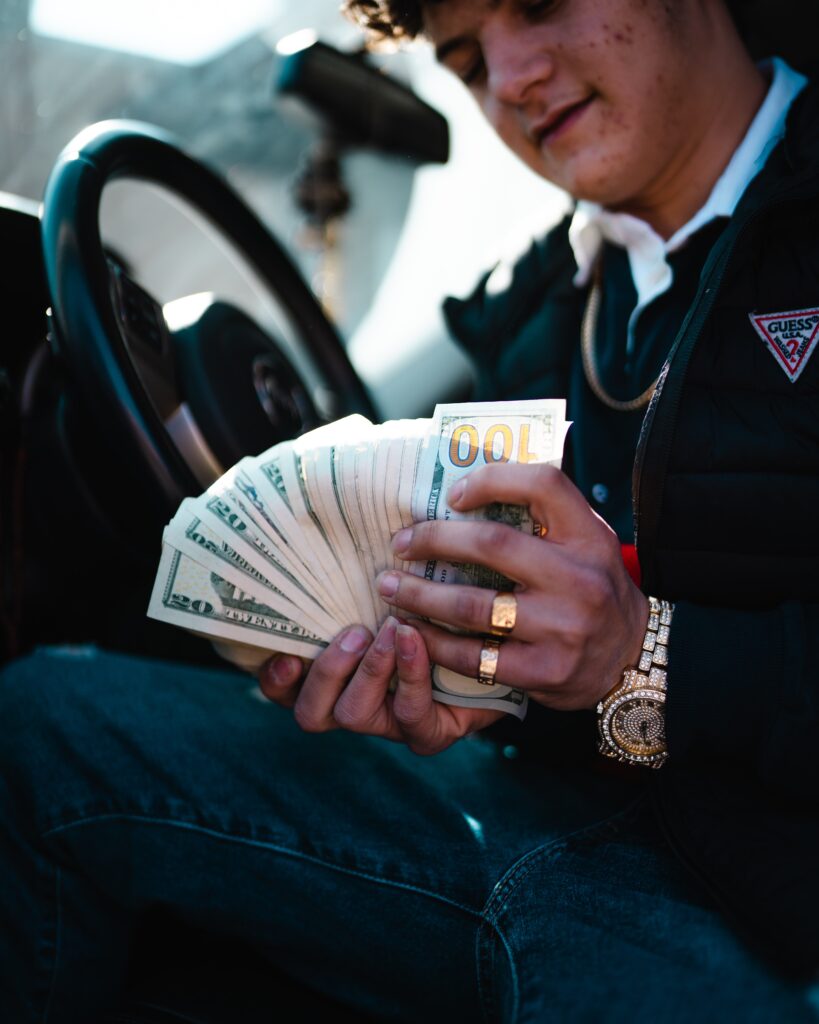
However, the wealthiest ones own a significant portion of stocks and shares. For example, the Indian billionaire Gautam Adani’s wealth had an eight-fold hike during the pandemic. Thus, the Government’s fiscal packages increased the billionaire’s income.
To illustrate, in November 2020, eight months from the start of the pandemic, Sensex and Nifty hit their all-time highest points. The Reserve Bank of India’s stimulus packages has also made excessive interest rate cuts since March 2020.
Asian Scenario
For the past years, Asia, particularly Southeast and East Asian nations, have witnessed a downturn in Corporate Income tax. This is because the governments of these nations aimed to attract more foreign investment to make this an ‘Asian century in the global economy.

Thus, they lowered the corporate tax rate to secure investment rather than subsidizing state spending. India had the most considerable reduction in 28 years. The Indian Government, in 2019, reduced corporate tax from 30% to 22%. So evidently, these nations follow a pro-rich, anti-poor tax policy.
THE WEALTH INEQUALITY CONNUNDRUM
Extreme wealth inequality is not new to Asians. For the past 3 to 4 decades, most people of the continent have been the victims of unjust wealth distribution. Thanks to the neoliberal economic policies and unequal wages.
The 1987 Forbes Billionaires List had 40 from Asia. While in 2019, the figure jumped to 768. The COVID-19 lockdowns and Delta and Omicron variants soured this pre-existing wealth disparity.
Acknowledging the Oxfam reports statistical data, let us examine how the pandemic gave birth to 20 new billionaires in Asia while plunging millions into poverty.
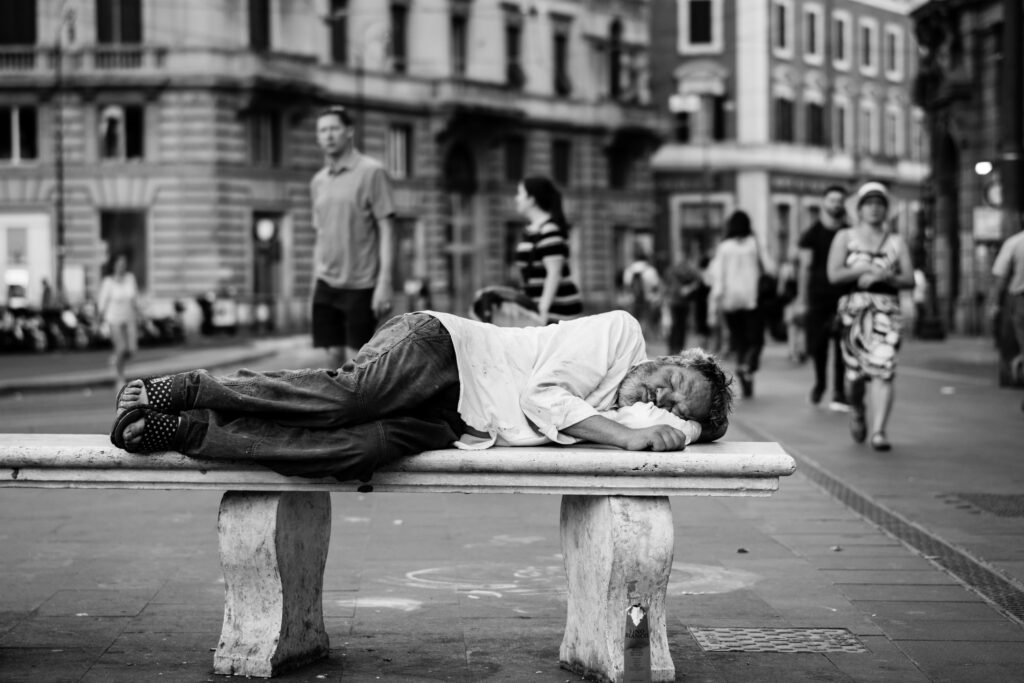
Li Jianquan, self-described “as the leader of the domestic medical clothing industry”, is the top Asian on the list. His company, Winner Medical, has a net worth of $6.8 billion. He minted money by the mass production of PPE kits for health workers and masks.
According to the Forbes list, a few other new pandemic billionaires are Liu Fangyi (Net Worth-$ 4.2 billion), Hu Kun (Net Worth- $2.5 billion), Chen Xiao Ying (Net Worth- $2.4 billion), Dai Lizhong (Net Worth- $2.4 billion).
To quote from the report, the source of their wealth “came from equipment, pharmaceuticals, and services needed for the pandemic response.” So, the medical equipment industry had been a boon to these minorities. The pandemic has channelled income only to the already wealthy.
NEOLIBERALISM AND THE INACTION OF GOVERNMENTS
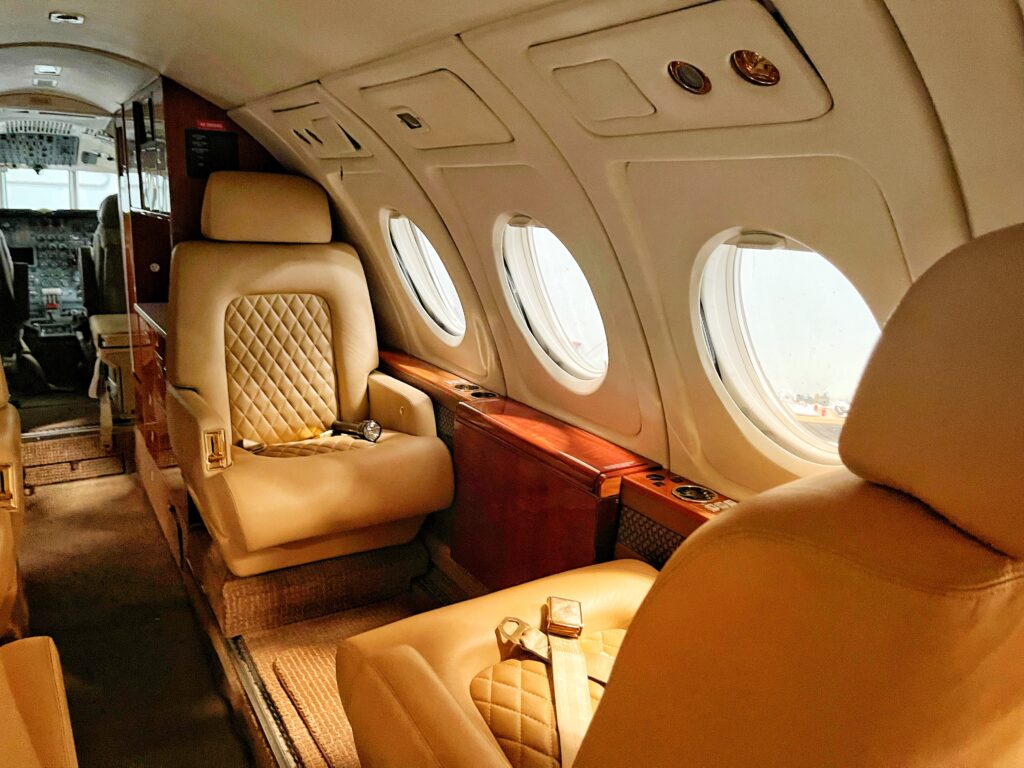
Neoliberalism has become a trend since the 1980s. However, its policies have made the pockets of only 1% of the Asian population thicker over the years. The poor cannot afford to survive in a neoliberal economy.
The governments intend to make their economies strong at the global level. They have been introducing more market liberalisation and public sector privatisation in the run. For example, the ordinary people were harshly critical of the Modi Government’s decision to privatise more government sectors. People are well aware that this will hit their daily lives hard in the coming years.
Visibly neoliberalism has catalysed the economic inequality of the continent. This supposed “reform policy” will never be complementary to development.
Neoliberal economic policies enabled the wealthy 1% to influence government decisions disproportionately. They have captured policymaking through their vast resources. Unequal access to help makes the poorest 90% weak and vulnerable to all kinds of catastrophes.

The case is no different even with the People’s Republic of China, the world’s largest economy, and India striving for the third position by 2050. Though both nations had a rise in average incomes, the lion’s share went into the hands of the super-rich
Until the governments do not check the obsolete economic policies, the gap between the richest and the rest of the Asian population will grow alarmingly.
Read more about Covid-19 and its impact on the labour market here!
EXAMPLES OF HOW THE PANDEMIC AFFECTED THE RICH AND THE POOR DIFFERENTLY
The Indian Scenario:
India is the best example to analyse the effects of the pandemic on the 1% wealthy minority and the rest of humanity. Because the nation is the second most populous globally, neither the Human Development Index ranking is praiseworthy (131 out of 189 as per the 2020 report).
When the Government announced the first lockdown in March 2020, the nation witnessed the biggest and the worst internal migration post-independence. Moreover, during the second wave, hospitals were flooded, and patients died due to the lack of oxygen cylinders.
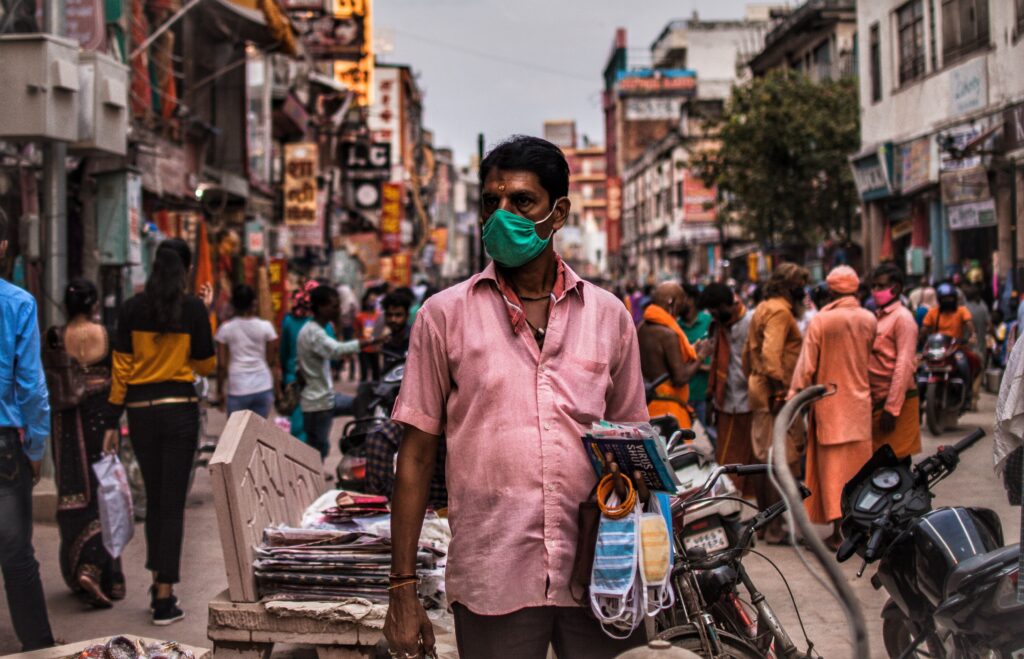
Such a grave situation seriously exposed the condition of India’s public health system. Simultaneously, when the majority died with a lack of proper medical care, the privileged tried to admit patients with no symptoms into the top hospitals. Hence, India is a textbook example of how the pandemic affected the two categories.
Asia has the largest refugee camp in the world. The Kutupalong refugee camp in Bangladesh shelters more than 600,000 Rohingya refugees. Even water to wash their hands was a luxury for the people here.
Other Struggles during the Pandemic
For the women, LGBTQ community, daily wage workers, and many others, the pandemic was a blow to their life. The closure of educational institutions caused uncertainty in the students’ life. Many had no access to the online class.

Undoubtedly this is not the situation of a billionaire’s child. Vaccine inequality is another disaster. Governments so far have not come up with a coherent plan to manage and overcome the struggles of economically weak women, minorities, students, and the unemployed.
CONCLUSION
There is a pressing need to take necessary actions to wedge the crack.
- The governments should revisit the implementation of further neoliberal economic policies.
- Primary and proper health care and education should not be a privilege of the few. It is a fundamental human right. Only education can enable the young to question when facing inequality and adversity.
- Accumulating wealth into a few elite hands should stop. Governmental and judicial actions to redistribute such accumulated wealth may boost welfare policies.
- Instead of implementing temporary protection measures, the Government should introduce permanent measures to protect the vulnerable from the upcoming pandemic waves and potential lockdowns.
- Implement strict laws to make the private sector more accountable. This includes but does not limit to fair wages and employee job protection.
- Finally, the most critical measure is that governments enforce a higher tax rate for billionaires. Income thus accumulated should be used for the welfare projects of the poor.

To sum up, Asia does not need to create more billionaires who resonate with the infamous Marie Antoinette quote, “Let them eat cakes”.
About the author:

Riya Peter
Born and raised in Kerala, Riya Peter has always dreamed of exploring life beyond a traditional Malayali lifestyle. She has completed her Masters in Politics and International Relations from Mahatma Gandhi University, Kottayam. She is profoundly interested in European Politics and keenly focused on security and diplomacy from both European and international standpoints.





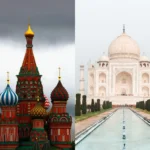

[…] Read more about Asia’s pandemic billionaires here! […]